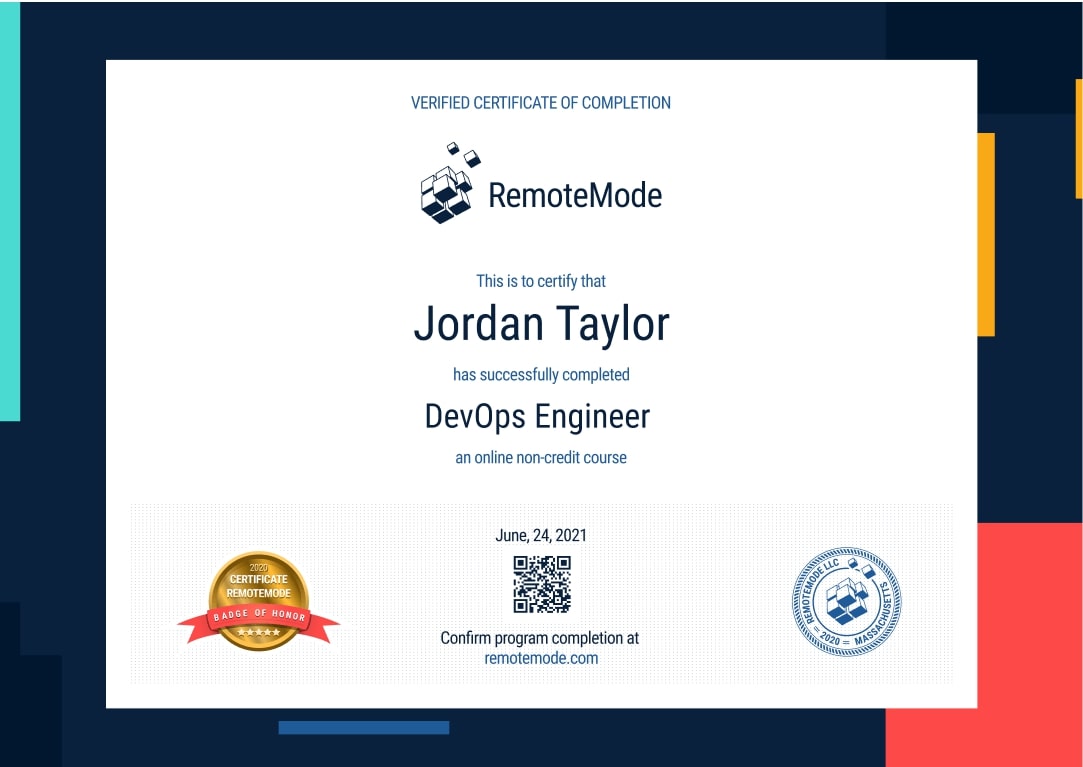Become a Windows Network Engineer
Windows Network Engineers are experts in designing and implementing network configurations. They can quickly and accurately troubleshoot any performance issues and are responsible for monitoring network conditions and configuring security systems.
Windows Network Engineers are experts on the most widely used platform in modern business. As technology advances, the need for specialists to manage the systems only increases. As technology becomes simpler to operate on the user’s side, the need for skilled technicians to supervise and maintain the complexities on the backend increases.
- 7-month long course
- 271 specialized lessons
- 6 hours per week
- 168 hours in total



Mission Forecast for Windows Network Engineers
Landing Zone
The responsibilities of Windows Network Engineers are to create, configure and support networks for Windows servers and computers. They regulate remote access protocols that allow users to work with the Windows network safely while monitoring and maintaining the high availability of network resources. According to the statistics Network administrators take 8 place among the best technology jobs. Today, over 574,000 Network Engineers and Architects are employed. By 2030, that number will rise by over 18,800 jobs, according to the U.S. Bureau of Labor Statistics.
Who’s Hiring Right Now
Windows Network Engineer Overview
Over 200 million people use Windows. It is the most globally used OS available. As infrastructure adapts and changes, Windows Network Engineers are needed to help navigate the ever-changing landscape. Professions are projected to increase by 5%-6% in 10 years.
- + 7-month course
- + 6 hours a week
- + 271 on-demand lessons
- + 168 hours of learning materials
- + Receive a certificate confirming your qualifications
- + Participate in a real-life Virtual Lab Project
- Set up, monitor, and operate Windows networks.
- Consult with infrastructure teams about throughput and bandwidth.
- Monitor Windows Network Security and vulnerability.
- Use creative solutions to complex or uncommon problems.
- Work with software developers and help advise them as needed.
- Be responsible for maintaining and updating the infrastructure.
Prepare for Liftoff
Microsoft Networking with Windows Server 2016
Microsoft Server 2016, formerly called Microsoft Server Next, was engineered to facilitate network-based applications. Five years after it was introduced to the market, it still has lasting relevance for having two containers that allowed enhanced isolation and virtual machines. Another commendable feature that it offers is the Hyper-V snapshot in replacement with production checkpoints. By using such, administrators may easily transport a VM back without the need to retrieve previous data. With this, networking is made more accessible and more manageable.
About the Course
The course aims to impart the necessary knowledge for deploying, configuring, designing, and supporting Windows Server 2016 in any organization, be it commercial or non-profit ventures. As course takers progress through the tutorial, they will then be introduced to topics including the TCP/IP fundamentals, remote access technologies, and other related topics such as Software Defined Networking.
In line with the MSCA: Windows Server 2016 certification, this tutorial also covers the contents that usually show up in the Microsoft exam 70-741. With this, IT professionals are equipped with substantial insights for proper network management and those who are interested in taking the Microsoft examination.
Who is this course for
The exam contents were specifically crafted for:
- It professionals wanting to acquire additional knowledge in network operations and implementation
- Network administrators in need of skill upgrades and are looking for new sets of learning geared towards networking technology and functionality of Windows Server 2016.
- It professionals and other interested parties who are preparing for the Microsoft 70-741 Examination
Course Prerequisites and Skills to be developed
While anyone who wants to pursue IT-related employment may enroll in this course, the contents were made particularly for those who have substantial experience in network-related performance and tasks. Course takers must also possess technical know-how about the 2016 version's features. Lastly, adequate knowledge about DNS, DHCP, IPAM, and other related topics such as VPN and RADIUS is needed. As for its objectives, this tutorial expects course takers to demonstrate a proper understanding of DHCP and IPAM enough to implement them. Seamless deployment of core and distributed network solutions is also expected from course takers, all while showcasing sufficient knowledge about Domain Name System, Remote Access Solutions, and Advanced Network Infrastructure design principles.
IP Addressing
The introductory part covers IPv4 and IPv6 planning and implementation. Their fundamentals and aspects of networking are contextualized, making the discussion more focused on their structure, subnets, and default gateways.
IPv4 Hosts
The second part of the series gets a closer look at IPv4 and IPv6, focusing on related configurations, tools, and troubleshooting. While doing so, course takers are guaranteed to acquire essential insights about necessary transitions, complexities, and how to deal with the best.
DHCP
DHCP and TCPIP applications are the central topics of this tutorial, with discussions rendered in both manual and automatic configurations. It then covers the best practices that may be implemented to ensure that a network is getting all the system’s benefits and is devoid of error.
DNS
This section focuses on the basics of name resolution, discussing the concept of IP addresses and their relation with systems. After doing so, DNS, its functions, technicalities, and traits are thoroughly discussed.
Active Directory
This tutorial discusses a comprehensive step-by-step process of integrating Active Directory before going to a more complex lesson about Advanced Name Resolution. And finally, it takes course takers to other topics such as DNS troubleshooting.
Address Management
With the help of the preceding lessons, course takers are now ready to implement and manage IP Addresses. This course talks about the proper integration of domain services and policy server roles so that course takers may manage networks and deploy digital spaces with lesser rough points.
Remote Access
Remote Access is put under thorough review in this tutorial. An overview is provided before discussing its technicality, such as Web Application Proxy. Lastly, VPNs and other related concepts are also discussed.
Branch Office Network
Installation and Configuration are the focus of this section, in which features are discussed to make them effective for office networking. It then provides a separate discussion about network solutions for unexpected and relatively harmful digital circumstances.
Network Features
The final lesson runs course takers through other features that may be of great advantage for IT professionals and administrators to wrap the series up. Included in the list are SMB 3.1, Hyper-V enhancements, and switch functionality.

Mission Control
- Stay focused with a mentor’s help and support
- Build a real portfolio with Virtual Lab Projects
- Compete with classmates in a virtual classroom
- Measure your progress with the Activity Tracking Log
- Make sure you get the job with resume help and interview assistance
In Collaboration with
Chart Your Trajectory (271 videos 81 hours)
Certificate of Completion
- Receive a certificate recognized by prevalent companies confirming your training
- Complete real projects in Virtual Labs
- Go at your own pace, learn your way
- Access course videos and materials 24 hours a day
- Take practical quizzes to keep you up to speed
- Classes created and mentored by industry leaders

Grow into a Windows Network Engineer
Get up to speed with the industry standard for networking. Understanding what Windows networking means and how to do it well will launch you into the next generation of network engineering.
Program Forecast
- 7 months long, 6 hours per week
- 271 lessons in 168 hours
- Learn at your own pace
Virtual Lab
- Real Projects
- Create a working portfolio
- Receive expert feedback and mentoring
Career Services
- Interview preparation
- Resumé assistance
- Help with LinkedIn networking
Request More Information
View pricing and financing options